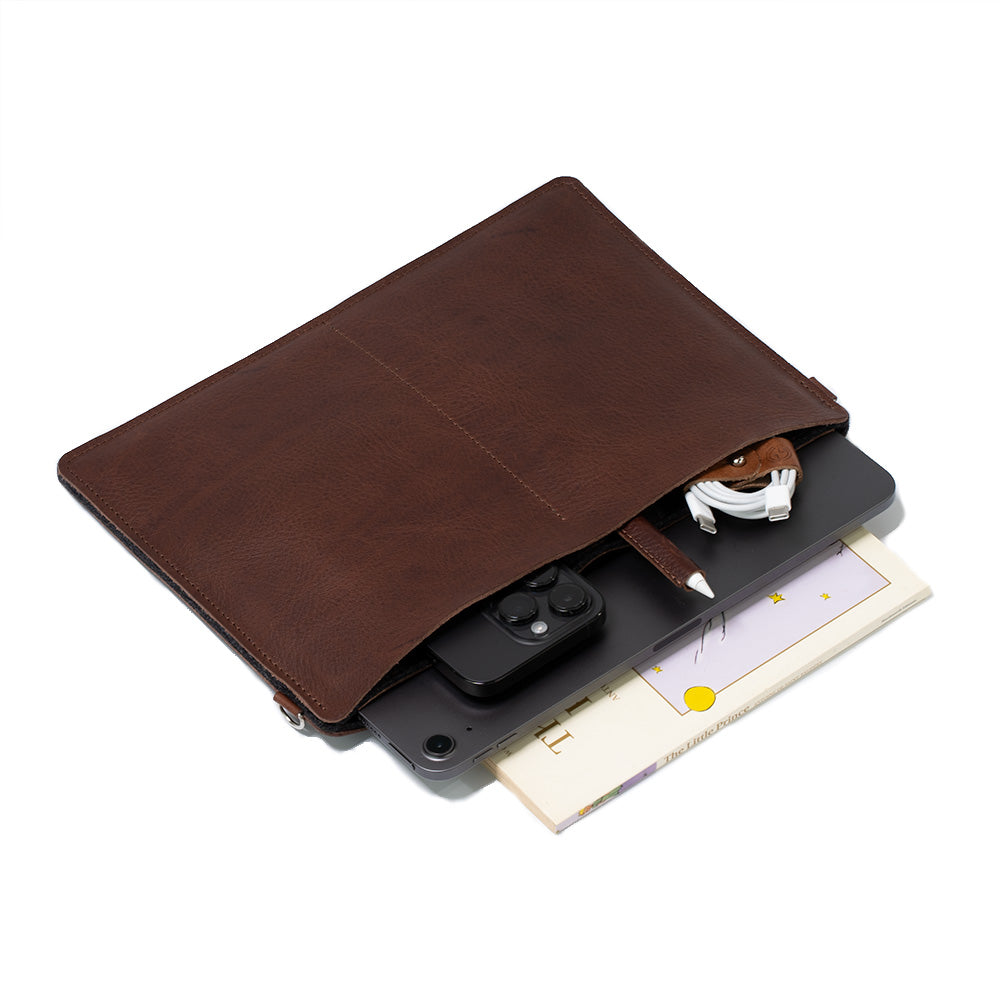Apple's AirPods Max revolutionizes personal audio with two key features: Adaptive EQ and Software EQ. Adaptive EQ, powered by the H1 chip, automatically adjusts audio based on the user's environment and earcup fit, ensuring consistent, high-quality sound regardless of external changes. This real-time adaptation is crucial for maintaining sound balance and clarity.
In contrast, Software EQ, primarily affecting Apple Music, offers manual sound customization. Users can select from various presets or make individual adjustments, catering to personal preferences and enhancing specific music genres
The synergy of these two technologies in AirPods Max provides a unique, tailor-made audio experience. While Adaptive EQ focuses on environmental responsiveness for optimal sound delivery, Software EQ allows users to shape their audio based on personal taste. This dual approach reflects Apple's commitment to high-fidelity, user-centric audio solutions
Adaptive EQ Technology: Purpose and Functioning
Adaptive EQ in AirPods Max is designed to optimize audio output in real-time.
It uses inward-facing microphones to monitor sound frequency within the ear cups.
The technology adjusts low and midrange frequencies based on the earcup fit, seal, and surrounding environmental sounds. This ensures that sound delivery is consistent and tailored to the user's current situation
The H1 chip, a cornerstone of the AirPods Max, is integral to the functioning of Adaptive EQ. It processes audio data in real-time, enabling the headphones to swiftly adapt to changes in fit, seal, and environmental noise. This chip is responsible for the dynamic adjustment of sound quality, maintaining clarity and balance irrespective of external factors
- Compensating for Physical Variables: Adaptive EQ is sensitive to physical changes, such as the presence of glasses or varying positions of the headphones on the user's head. It adjusts the audio output to compensate for these variables, ensuring optimal sound quality.
- Environmental Adaptation: The technology also reacts to changes in the surrounding environment. For instance, it can modify sound output in noisier settings or when there's a shift in ambient sound levels, maintaining a consistent listening experience
In essence, Adaptive EQ is a sophisticated feature that personalizes the audio experience in the AirPods Max. It ensures that users enjoy high-quality sound that is responsive to both their physical interaction with the headphones and their ambient environment.
Software EQ
Software EQ in Apple Music offers users the ability to tailor their listening experience. Unlike the automated adjustments of Adaptive EQ, Software EQ allows for manual control over the sound profile, catering to individual preferences and specific music genres.
Software EQ, therefore, stands as a vital tool for audiophiles and casual listeners alike, offering the flexibility to shape the audio experience to their exact liking. Whether it's through Apple Music or other streaming apps, the ability to manually adjust EQ settings empowers users to enjoy their music in a way that best suits their personal preferences and the specific nuances of different music genres.
In the Apple Music app, the EQ settings can be adjusted as follows:
- On iPhone or iPad:
- Open the Settings app.
- Scroll down and select Apple Music.
- Tap on EQ, which leads to the EQ settings page.
- Here, various EQ options are available, each suited for different music genres. Users can experiment by listening to a song and adjusting the EQ to find the best fit for their preferred genre or specific song
- On Mac:
- Open the Apple Music app.
- Click on 'Window' at the top of the screen.
- Select 'Equalizer' from the menu to open the EQ settings.
- The default setting is 'Flat', but users can click on the blue arrow to choose a different EQ or manually adjust the EQ by dragging the sliders. This allows for more detailed customization of the audio output
In addition to Apple Music, streaming services like Spotify also offer EQ settings:
-
Using Spotify's EQ:
- Access the EQ settings by swiping left or tapping the profile picture, then navigating to 'Settings and privacy' and 'Playback'.
- Turn on the 'Equalizer' and select from various presets or manually adjust the sound using the sliders.
Interplay Between Adaptive EQ and Software EQ
In the realm of Apple's AirPods Max, the Adaptive EQ and Software EQ function as distinct yet complementary technologies, each with its own role in shaping the audio experience.
- In practice, these two EQ systems work independently but can also interact in certain scenarios. For instance, while Adaptive EQ continuously adjusts to maintain sound quality, users can still apply their personal EQ settings via Software EQ to further refine their audio experience.
- When personal EQ settings are applied on top of Adaptive EQ, they modify the frequency response as determined by the user's choices. For example, selecting a bass boost in Software EQ will enhance the lower frequencies of the sound, while Adaptive EQ maintains the overall sound balance by adjusting to physical factors like the headphones' positioning or environmental noise levels
Advanced Features
Beyond Adaptive and Software EQ, AirPods Max's advanced features like Dolby Atmos and ANC further enhance the listening experience.
Dolby Atmos Spatial Audio:- The AirPods Max supports Dolby Atmos Spatial Audio with dynamic head tracking. This feature creates an immersive audio experience, making sounds seem as if they're coming from all around you.
- Particularly effective when watching movies or listening to compatible music tracks, Spatial Audio adds depth and dimension, enhancing the realism of the sound
- One of the key features of AirPods Max is its active noise cancellation (ANC). This technology uses microphones to detect external sounds and then produces counter-sounds to cancel them out.
- ANC is particularly beneficial in noisy environments, allowing you to enjoy your music or calls without background interference. It can be easily toggled on or off as needed.
Limitations and Workarounds:
- A notable limitation of the AirPods Max is its lack of support for lossless audio. This means that you can't experience the full quality of high-resolution audio tracks available on platforms like Apple Music.
- To partially overcome this limitation, users can use a lightning to 3.5mm cable (lightning dongle) to connect the AirPods Max to a source that supports high-quality audio. While this doesn't provide true lossless audio, it can bring you closer to the highest quality audio available from your source






